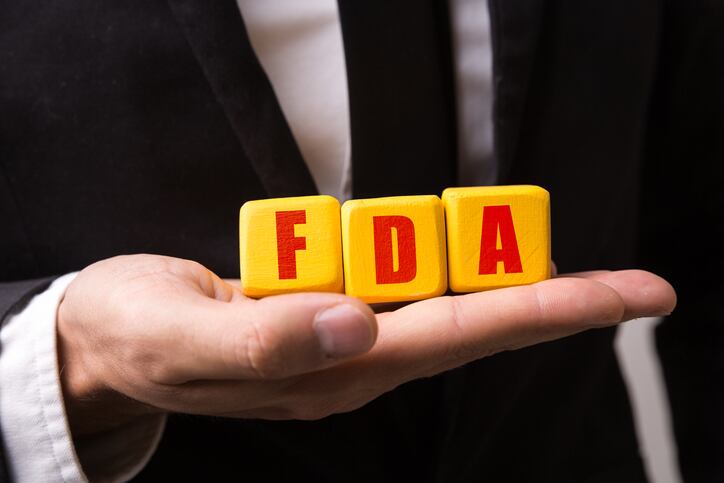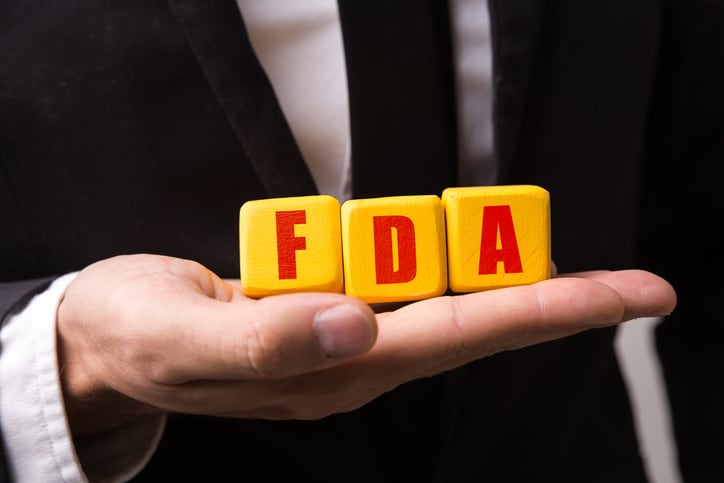At the International Conference on the Science of Botanicals held at the University of Mississippi in March three former FDA employees — Attorney Bob Durkin, Daniel Fabricant, PhD, and Sibyl Swift, PhD — appeared on a panel moderated by Ikhlas Khan, PhD, head of the National Center for Natural Products Research, which is part of the university’s School of Pharmacy and the organizer of the annual ICSB.
Durkin is of counsel with the firm Arnall Golden Gregory LLP. Fabricant is the president and CEO of the Natural Products Association (NPA) while Swift is the vice president of scientific and regulatory affairs for cbdMD, a finished goods manufacturer. Fabricant has been out of FDA the longest, having made the jump back to NPA in 2014. Durkin left FDA in 2019 while Swift left the Agency in 2020.
The purpose of the panel was to delve into what’s next for the Agency as the nation presumably comes out of the COVID-19 pandemic which was occupied much of FDA’s attention in the past two years.
What's the argument for DSHEA 2.0?
In the background are the general informal discussions that have taken place between industry stakeholders and FDA personnel about whether and how DSHEA (the Dietary Supplements Health and Education Act) should be amended. There is a general consensus that now that the law is more than 27 years old modifications might be made to make it better fit current market conditions.
The push for a mandatory product listing requirement as part of bring new products to market has come out of those discussion. Cara Welch, PhD, the new permanent director of FDA’s Office of Dietary Supplement Programs, has publicly mentioned this on several occasions as something FDA deems important. The notion has the support of some industry stakeholders, too, such as the Council for Responsible Nutrition (CRN).
But all three panel participants in MS, that before such modifications might be put in place, the full authorities under DSHEA need to be fully implemented, something they claim has not yet happened.
“I think there is still a lot to be understood about DSHEA 1.0,” Fabricant said. “I think for now the regulations that exist should be utilized to the full.”
Safety focus seems to have receded
Swift said her frustration with the supplement regulation process is that the Agency’s core mission seems to have been diminished as time is spent on things like the regulatory status of an ingredient like NAC, which has no known safety concerns.
“My frustration is in not looking at safety across the board,” she said. As an example Swift pointed to the Ingredient Advisory List, which still only includes a handful of ingredients several years after its inception. It was meant to be a tool for rapid response, but Swift and Fabricant said it has made little difference on what appears in the marketplace.
“If you got to the Blackstone Labs website, you still see some of the same violative ingredients up there. Some of them are actually on the Ingredient Advisory List,” he said.
For instance Blackstone (a well know manufacturer of the ‘edgier’ type of sports nutrition products) lists 5 Alpha Hydroxy Laxogenin in its Anogenin product. This ingredient is one of the eight ingredients on the list.
Durkin concurred that safety seems to have taken a back seat. In his view the true risk to consumers is not from new products that come to market without a notification to FDA in the form of a mandatory product listing. Rather, the true risk in today’s marketplace is that not enough manufacturing facilities are inspected and when those inspections do take place, the same deficiencies come up over and over.
“I’d like to see more focus on dietary supplement facilities inspections and more mechanisms to increase that. It’s the same 10 culprits (such as lack of documented procedures) every time and that’s ridiculous,” he said.
“They are not even inspecting a reasonable percentage of the known facilities,” Swift said.
Leveraging existing manpower
All three panelists acknowledged the manpower shortage at the Agency. But they all agreed that there are ways to mitigate that that FDA is not taking enough advantage of. He noted that a great deal of the violative products in the marketplace are imported or made with imported agreements. That act of having to cross the border makes for a ready made enforcement choke point, he said.
“If you want a force multiplier, import alerts are the tool to use. You are not seizing product. You are requiring the importer to show the information that they should have had in the first place,” he said.
NDI process does need fixing
While the general focus of the discussion was on regulatory powers that are in place that are underused, the panelists did agree that the New Dietary Ingredient Notification process is one part of DSHEA that does need a fix. Fabricant noted that a laughably small number of NDINs have been filed compared to the flood of new products over the past decade. One thing that could help fix that discrepancy, the panelists said, is to provide some kind of IP protection and confidentiality, something the process now lacks. And then, Fabricant said, there would have to be a willingness to put some teeth into that requirement. As matters stand there is insufficient incentive for companies to comply with the requirement, when so many others do not and seemingly suffer no consequences.
“The one thing that frustrates me the most is the lack of NDI enforcement,” Fabricant said.




